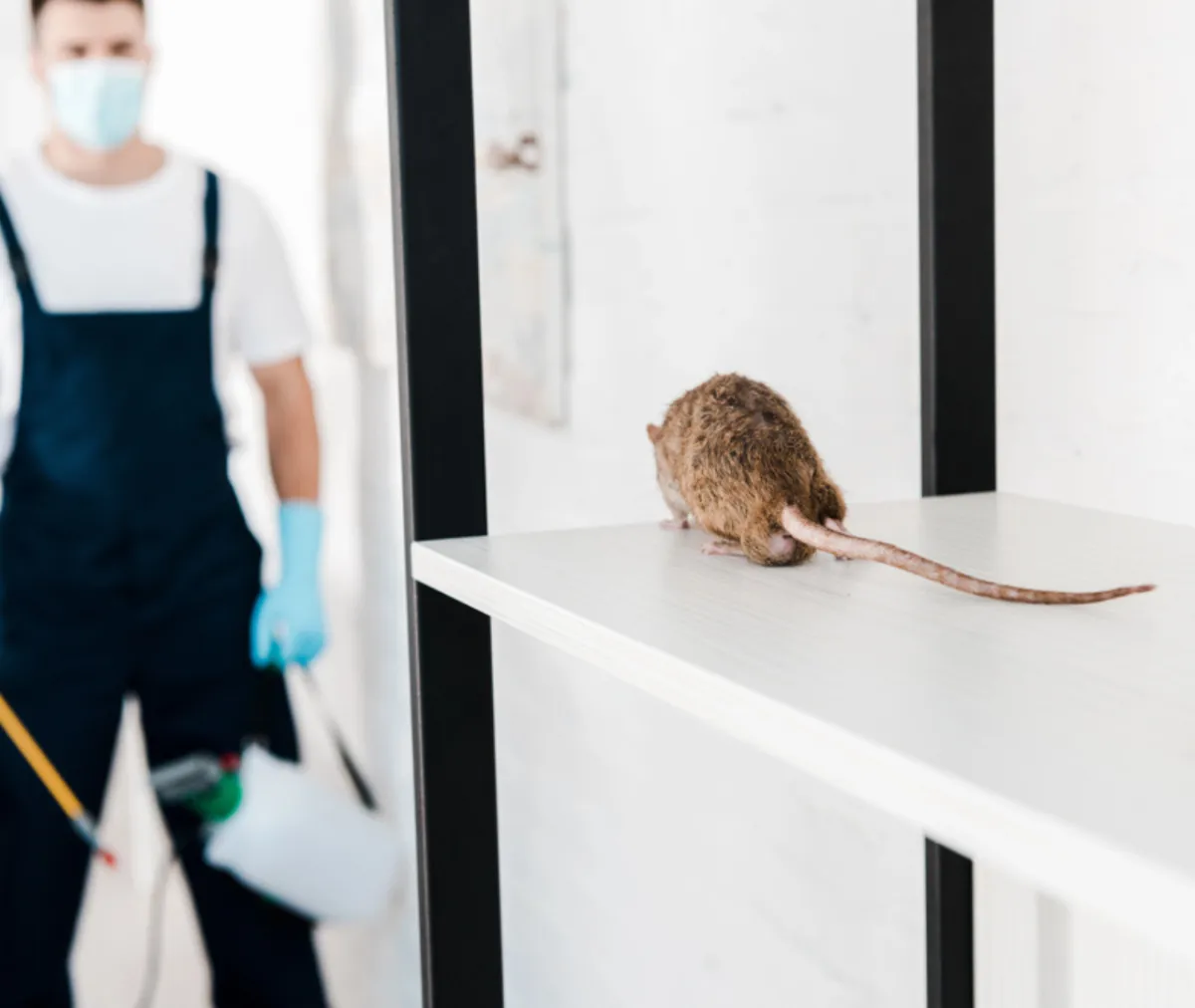
Prevent a Winter Infestation: How to Stop Rodents This Fall
As the seasons shift and temperatures drop, rodents naturally begin searching for warm, safe places to spend the colder months. Fall is the prime time when these small animals start looking for shelter, often finding their way into homes, garages, and businesses. Understanding the reasons behind this seasonal behavior and adopting proactive measures can effectively prevent a winter infestation.
Why Rodents Choose Fall to Move Indoors
Rodents such as mice and rats are highly adaptable creatures. They rely on environmental cues—like cooler weather and diminishing food supplies outdoors—to find suitable shelter. Fall signals the start of these changes, prompting rodents to seek cozy, protected spaces that offer consistent warmth and food availability.
Human structures provide ideal conditions. Warmth from heating systems, insulation, and stored food supplies make buildings inviting refuges for rodents preparing for winter. Recognizing this natural pattern helps property owners anticipate and address potential risks before infestations begin.
Seal Entry Points to Block Access
One of the most effective ways to stop rodents is by preventing their entry. Rodents can squeeze through incredibly small gaps—mice through openings as tiny as a dime, rats through spaces the size of a quarter.
Inspect your property carefully, focusing on potential entry points such as:
Cracks or gaps in foundations and walls
Spaces around windows and doors
Vents, chimneys, and dryer exhausts
Utility pipe openings and crawl space vents
Areas where different building materials meet
Seal these gaps with materials like steel wool, metal mesh, caulk, or expanding foam designed for pest control. Regular inspection and maintenance during fall are key to keeping rodents outside.
Maintain Clean and Organized Spaces
Rodents are opportunistic feeders attracted by easily accessible food. Fall often involves storing bulk pet food, pantry staples, or outdoor birdseed, which can unintentionally encourage rodent activity if left unsecured.
To reduce attractants:
Store food in airtight, rodent-proof containers
Keep garbage bins sealed and regularly emptied
Avoid leaving pet food out overnight
Clean up fallen fruits, nuts, and seeds from yards promptly
Reduce clutter in basements, attics, and storage areas to eliminate hiding places
A clean, well-organized environment limits both food sources and nesting opportunities.
Manage Landscaping and Outdoor Conditions
The area surrounding a property influences rodent behavior. Fall landscaping tasks can impact how attractive the area is to pests.
Consider these practices:
Remove piles of leaves, wood, or debris close to buildings
Keep shrubs and tree branches trimmed away from structures
Store firewood at least 20 feet from the home and off the ground
Avoid heavy mulch buildup near foundations, which can harbor pests
Ensure gutters and drains are clear to prevent moisture accumulation
Maintaining a tidy exterior reduces cover and access points for rodents trying to get indoors.
Use Natural and Safe Deterrents
In addition to physical barriers and cleaning, natural deterrents can discourage rodents. Scents such as peppermint oil, used cotton balls, or commercially available rodent repellents may help reduce activity around entryways and common access points.
Additionally, some outdoor animals like barn owls are natural predators of rodents and can contribute to keeping populations in check. Encouraging a balanced ecosystem supports long-term pest management.
Early Detection and Monitoring
Fall is an ideal time to conduct regular inspections for signs of rodent activity. Look for:
Droppings or urine stains
Gnaw marks on wood, wires, or food packaging
Nesting materials such as shredded paper or fabric
Unusual sounds in walls or ceilings
Tracks or rub marks along baseboards and corners
Setting up traps or monitoring devices can also provide early warnings before infestations escalate.
Professional Assistance When Needed
Sometimes, despite best efforts, rodents find their way inside. Engaging pest control professionals during fall ensures timely, effective treatment before winter conditions worsen.
Experts can identify entry points, recommend tailored prevention strategies, and safely remove any rodents present. Early intervention saves time, reduces potential damage, and provides peace of mind.
Conclusion
Fall is a critical season for preventing rodent infestations before winter. By understanding rodent behavior and implementing practical steps such as sealing entry points, maintaining cleanliness, managing landscaping, and monitoring activity, it’s possible to keep these resilient creatures outside. Proactive preparation helps ensure a comfortable, pest-free winter and contributes to the overall health and safety of any property.